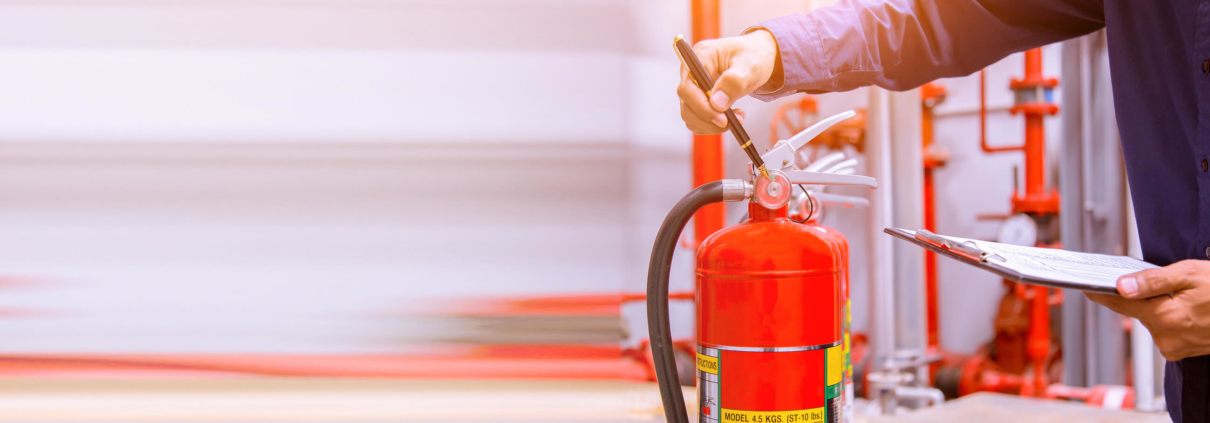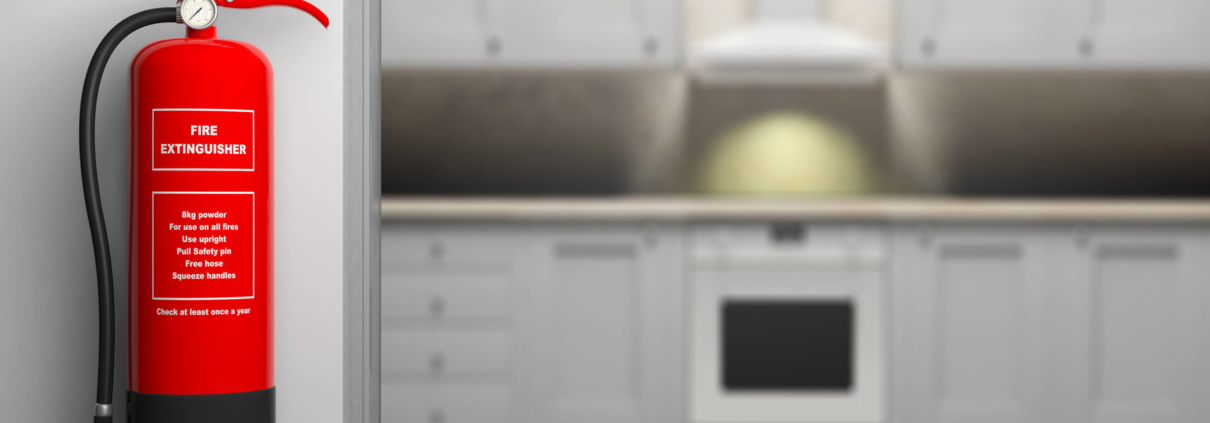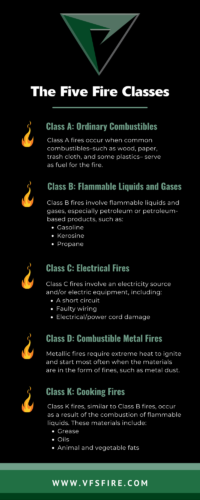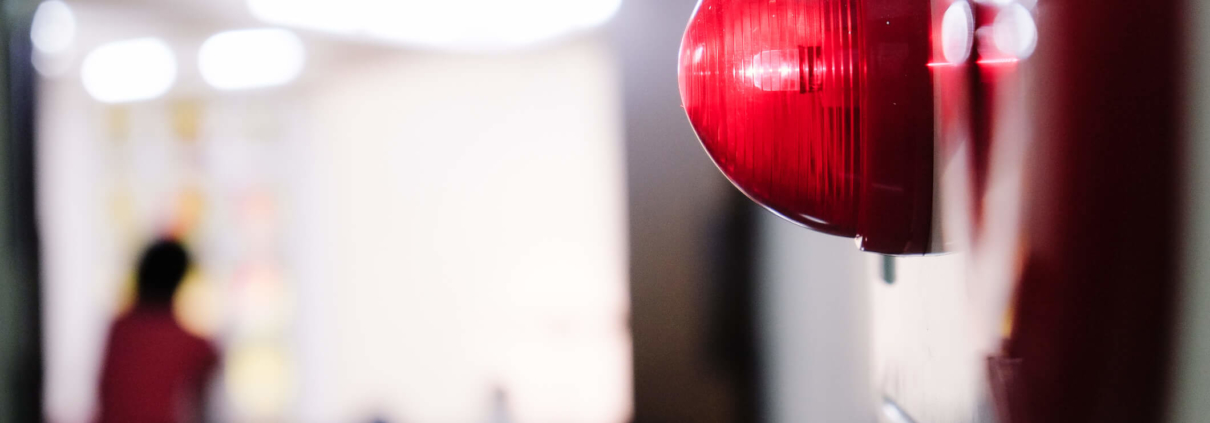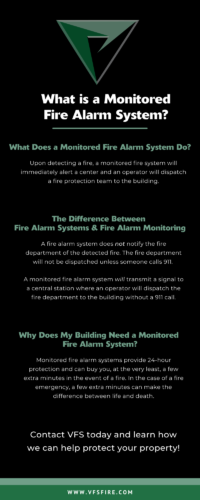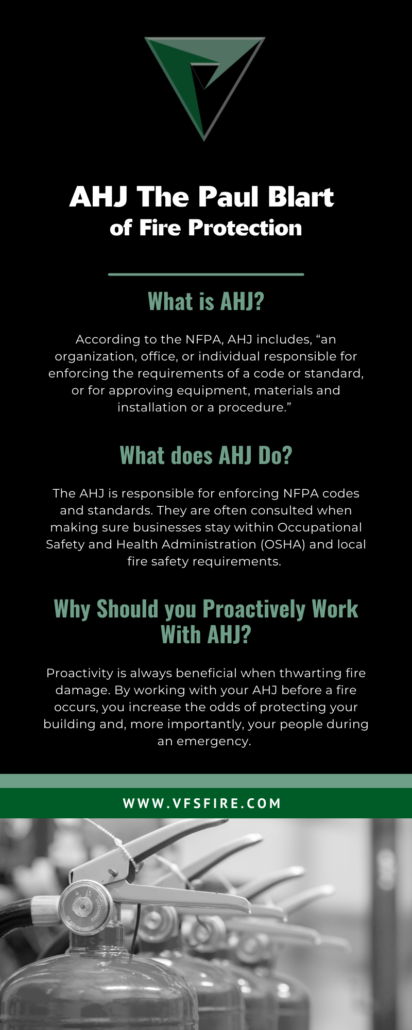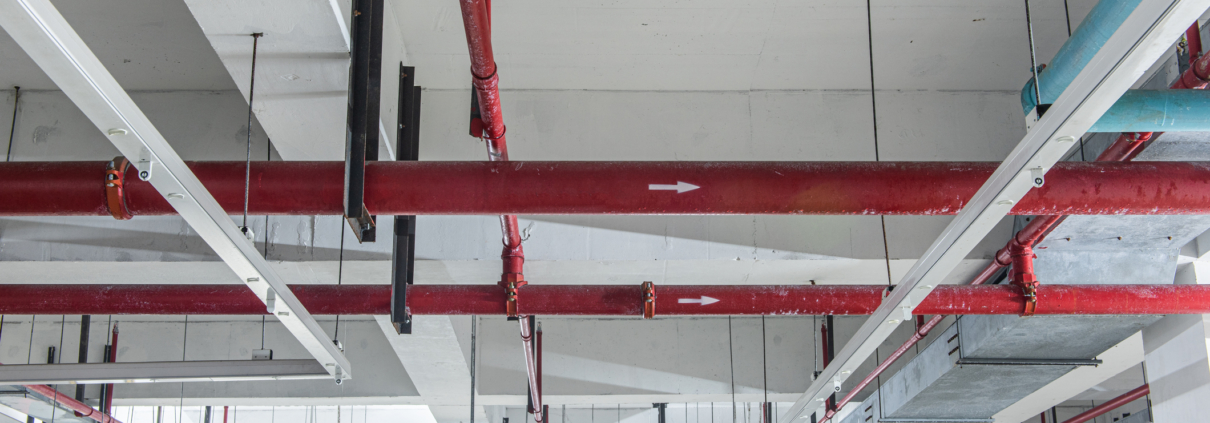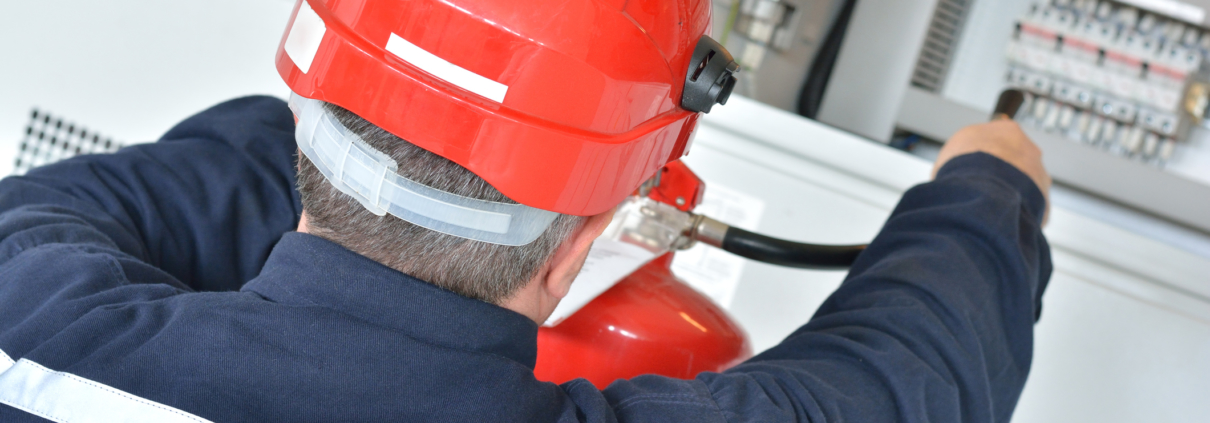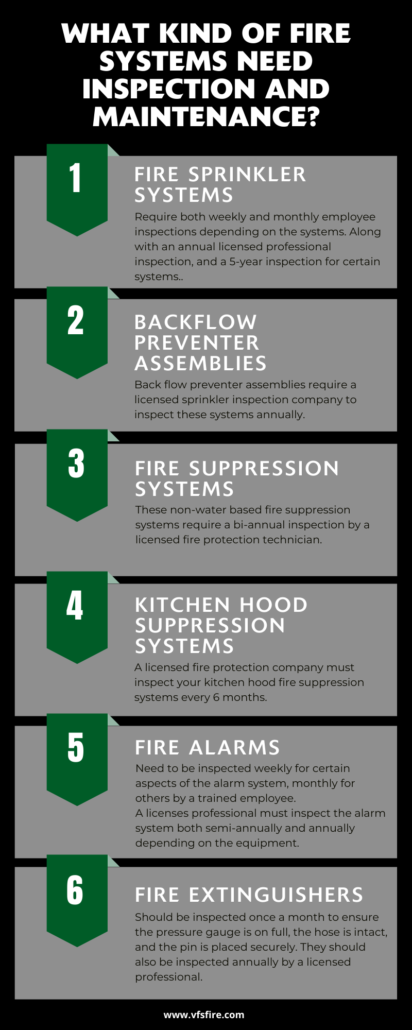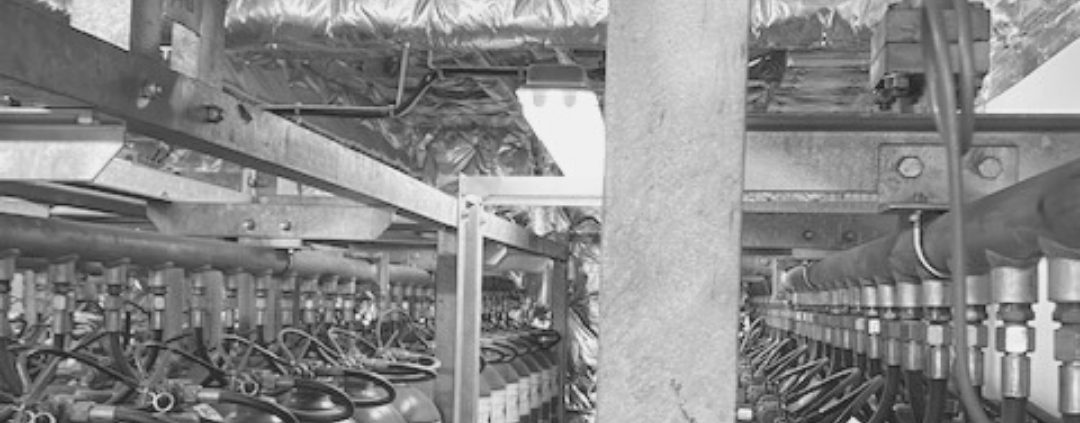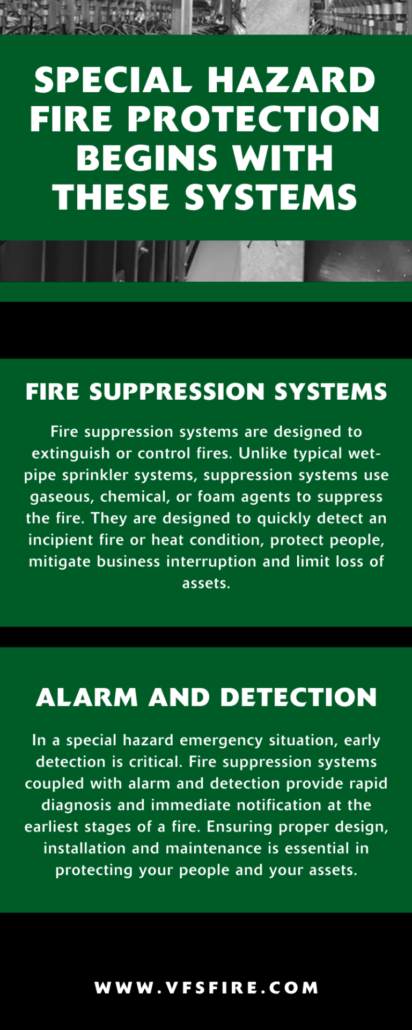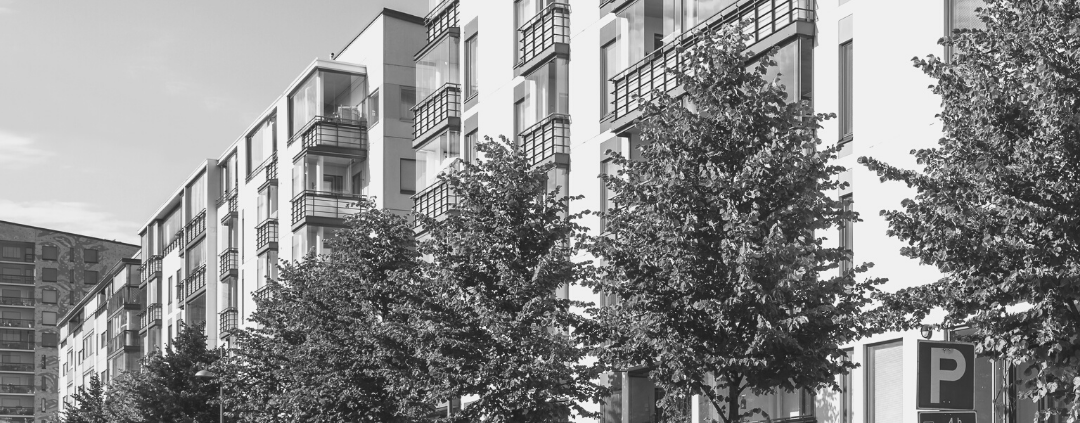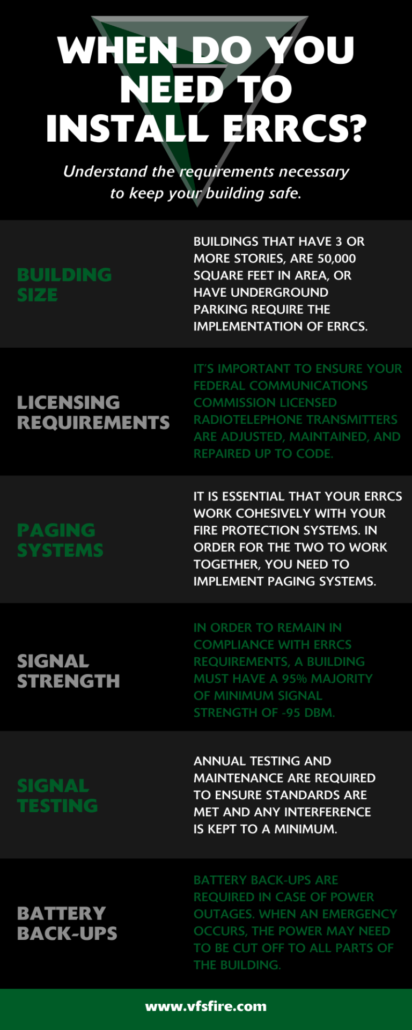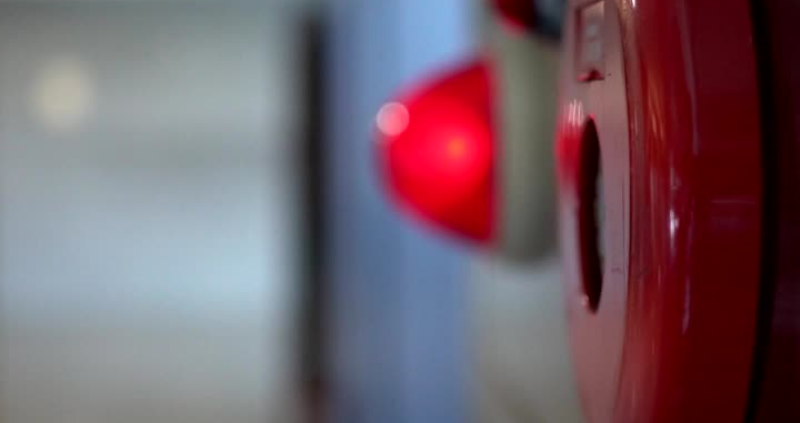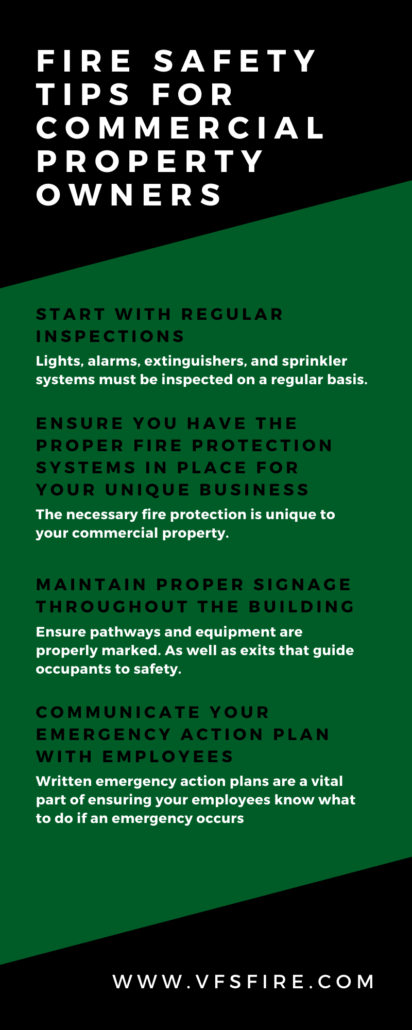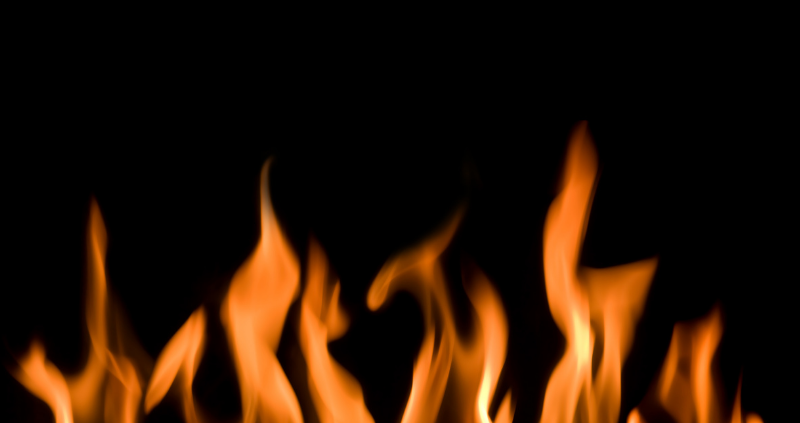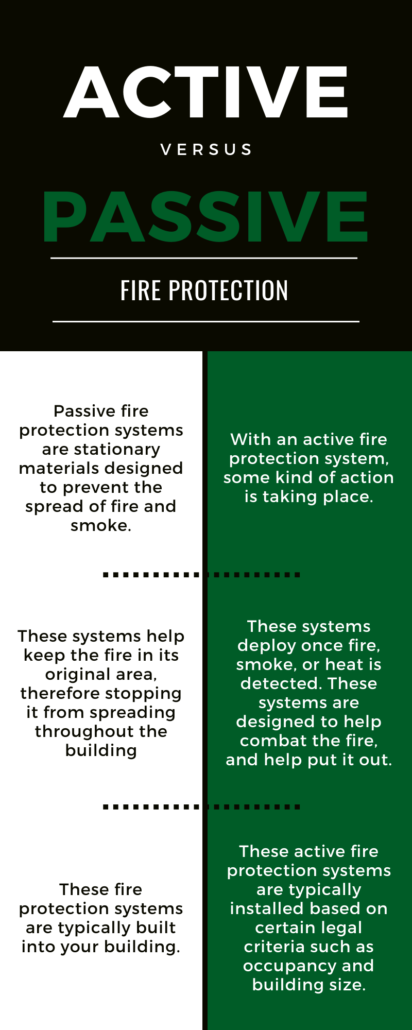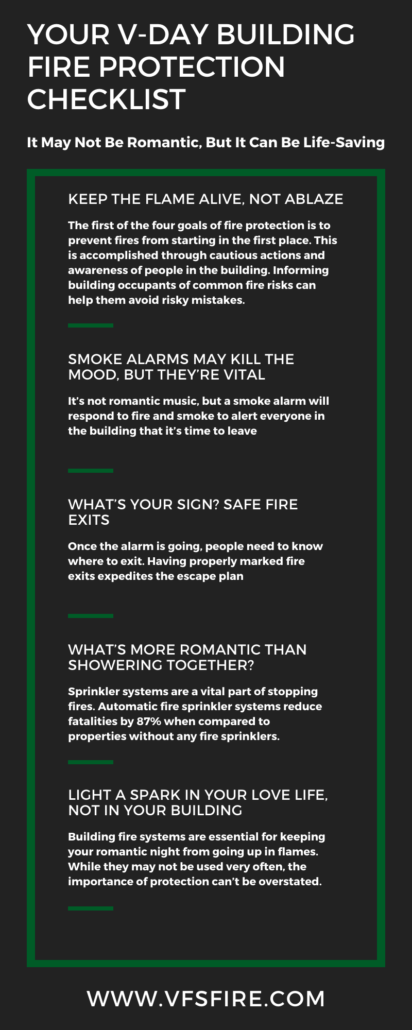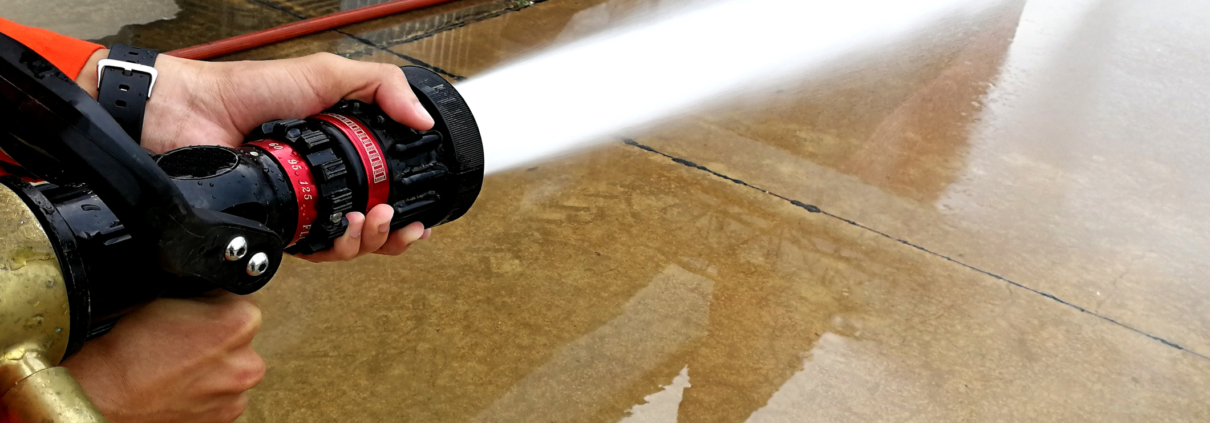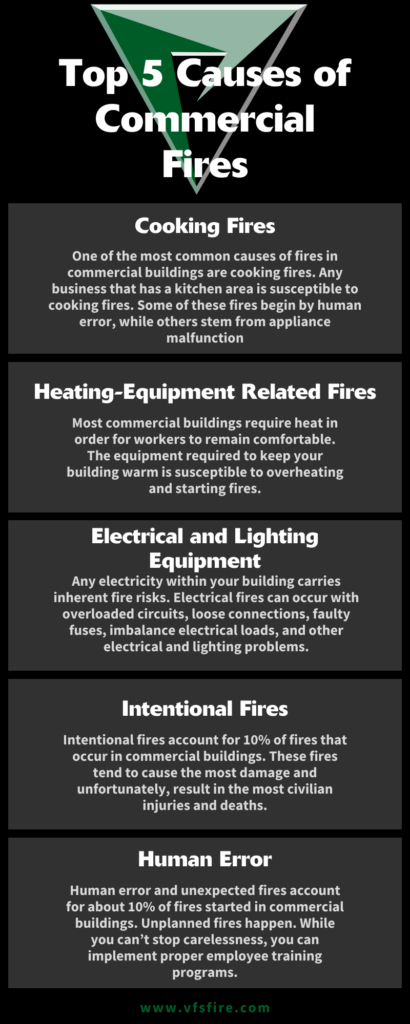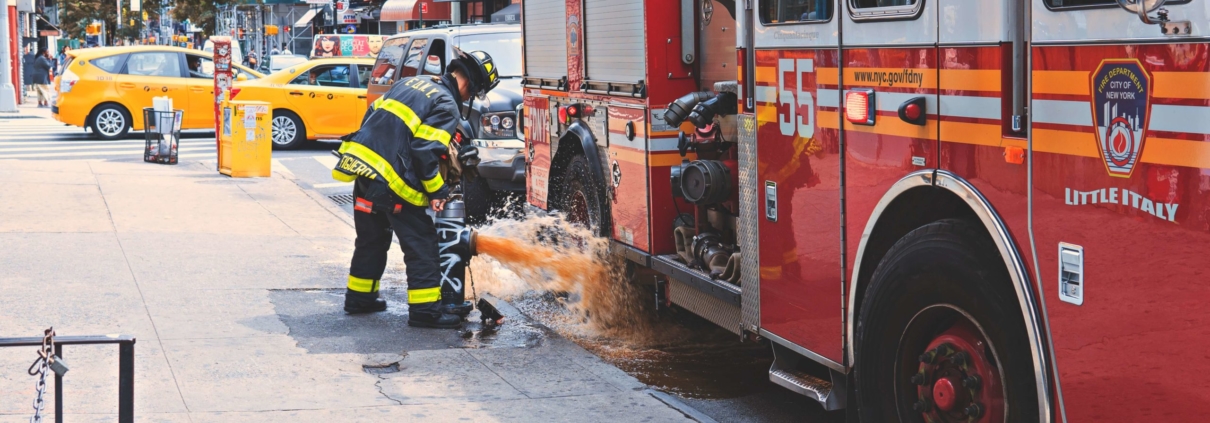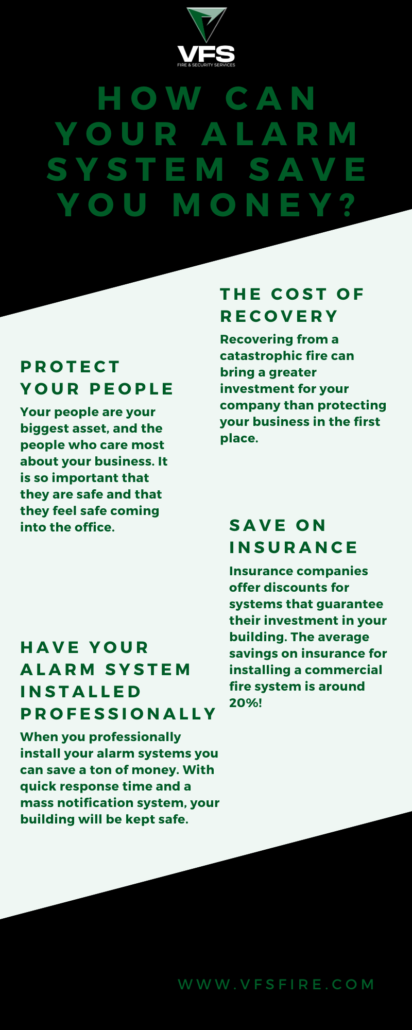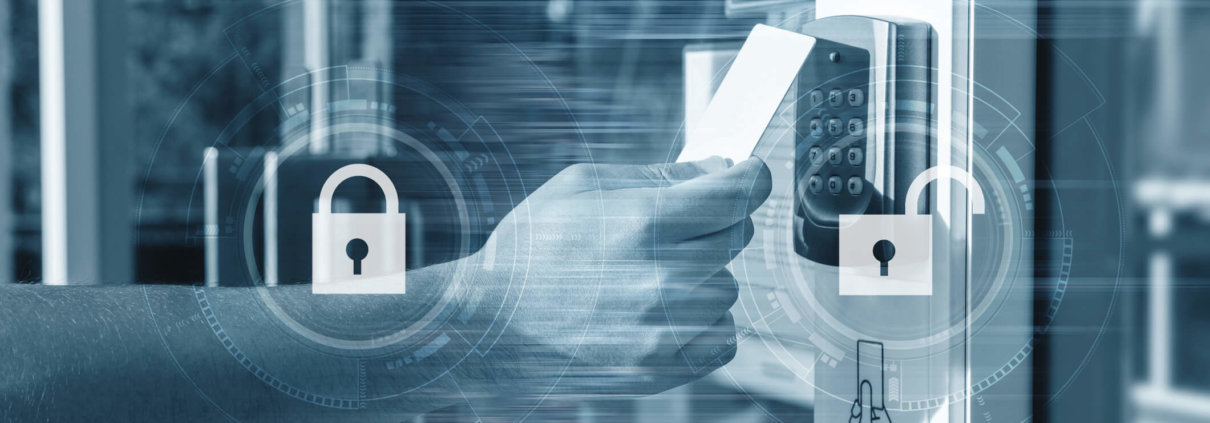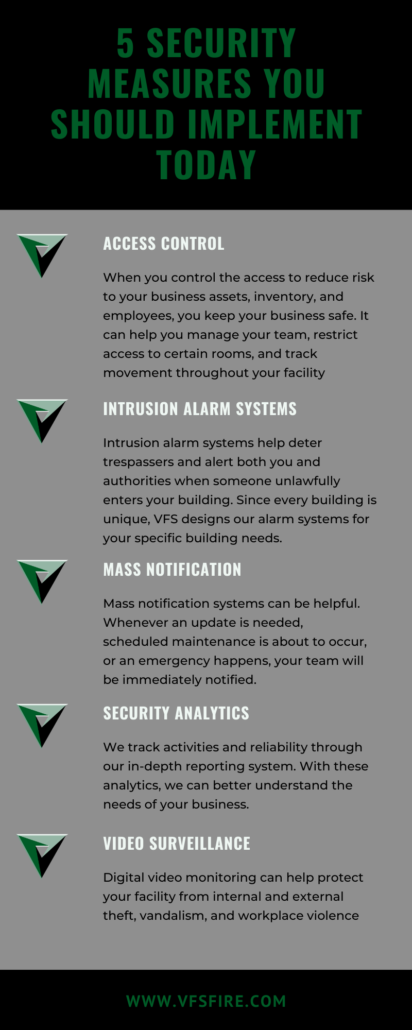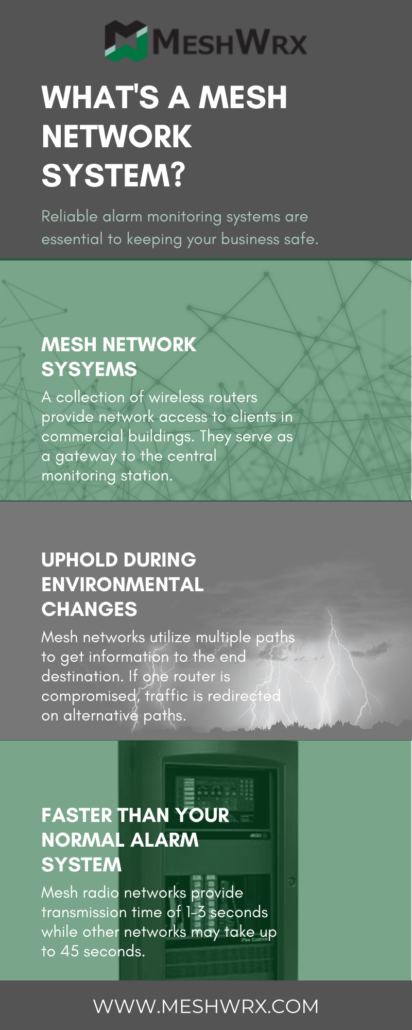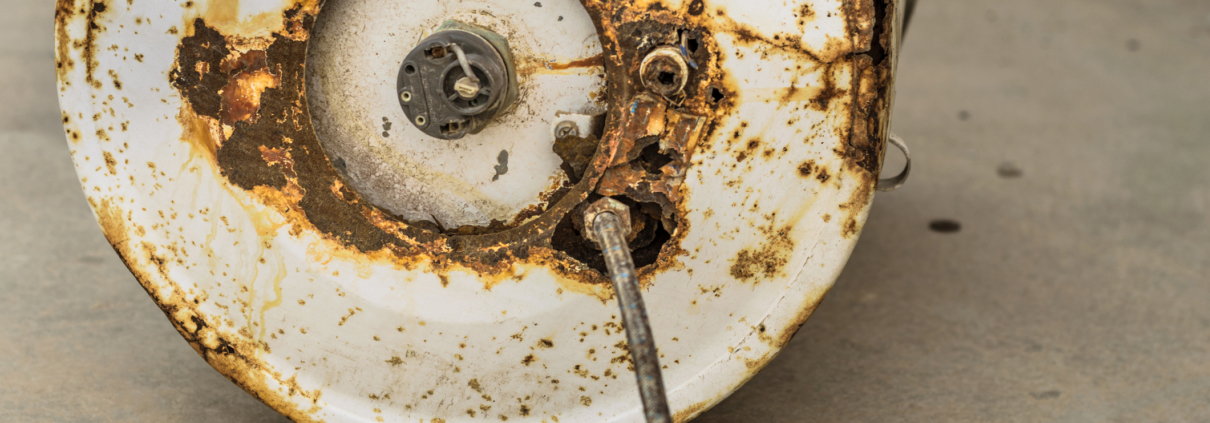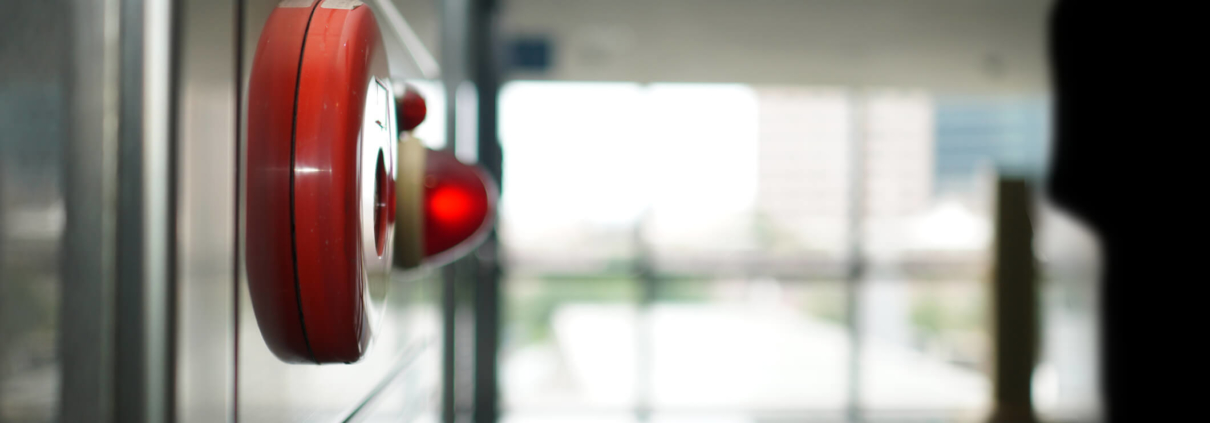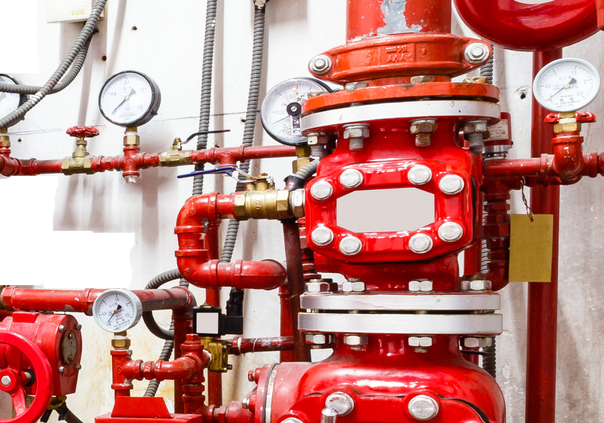Frequent fire system inspections and repairs can help commercial real estate owners prevent fires from damaging or destroying their buildings. According to U.S. Fire Administration, out of the 100,000 fires that occur annually, 52% of the larger fires in commercial properties occur in buildings that either:
- Do not have smoke detectors
- The smoke detectors do not function properly
At VFS Fire and Security Services, we believe that being proactive minimizes your chances of an emergency.
If your building’s fire system is being regularly inspected and is up to code, it significantly decreases the probability that your property will be destroyed in the event of a fire.
To help you prepare, we’ve broken down what a fire system inspection is, outlined some common fire code violations as well as offered some tips on how to stay up to code and in compliance.
What Is a Fire System Inspection?
A fire inspection is a process in which the fire department inspects a building or proper
ty to identify and access potential fire safety hazards.
How Often Should Fire System Inspections Occur?
According to the NFPA code, inspections of your fire and life safety systems are required to occur on a quarterly and annual basis.
What is NFPA Code?
The National Fire Protection Association (NFPA) has over 300 codes and standards that apply to nearly all buildings, services, installations, and processes. NFPA codes are designed to reduce or minimize the effects of fires and other safety risks.
A little intimidated to start reading 300 NFPA codes and standards? That’s okay- we get it! Begin by checking out our article, make fire safety part of your New Year’s resolution, where we break down a couple of codes and help you get started.
What Will Be On My Inspection Report?
Your inspection report will include:
- The location of every device in the building
- Whether each device passed or failed inspection
- The reasons why each device passed or failed inspection
- Date and time stamps of when each device was inspected
- Device inventory
- Device warranty status
- Indication of the length of time devices have been in service
- Verification of report results
Yikes, kind of a lengthy list, right? Consider using a professional fire safety service to inspect your property–and make sure you didn’t miss anything–to ensure your building is up-to-code and in compliance.
Do All Fire System Components Need to Be Checked With The Same Frequency?
In the same way that the brakes in your car should get checked every six months but your oil should be checked every few weeks, some components of a fire system need to be checked more often than others.
For example, a fire pump may require weekly or monthly inspections whereas sprinkler systems may only need a quarterly check.
What Fire Code Violations Should I Look Out For?
We’re so glad you asked. According to the NFPA, the most common fire code violations are:
- Blocked exits or fire doors
- Extension cords
- Improper storage
- Exit signs and faulty lighting
- Fire extinguisher issues
- Broken smoke detectors
- Improper records
- Hanging items from sprinkler heads or pipes
- Fire alarms or pull stations not working
- Incorrect sprinkler system
- Blocked valves or exterior access points
Learn more about understanding inspections and maintenance for your building, here.
How Do Repairs Affect My Fire Code Compliance?
Components of the fire system needing repair can result in your property being out of compliance and penalized with hefty fines. And, as you can see from our list of common code violations, components in need of repair –ranging from broken smoke detectors, fire alarms, and pulls stations to faulty lighting– aren’t a rare occurrence.
Avoid the penalties and let us help with fire system inspection and repairs to make sure your building is safe and up to code.
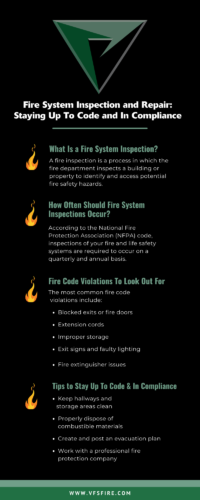
Tips for Staying Up
To Code and In
Compliance
Keep Hallways and Storage Areas Clear
Clutter and disorganized spaces can serve as both fuel for the fire as well as block emergency exits. Clean up messes, such as piles of cardboard boxes or papers, that may fuel a fire and move large objects, such as furniture, out of the path of a fire exit.
Properly Dispose of Combustible and Flammable Materials
These materials could be a safety risk to your building. Follow protocols in disposing of items such as cooled ashes and oiled rags.
Create and Post an Evacuation Plan
Designing and posting an evacuation plan can lead to a more efficient evacuation in the event of a fire. The plan and escape route information should be posted in the public areas of your building to familiarize residents and employees with safety precautions.
Work with a Professional Fire Protection Company
Ensure your building is safe and up to fire protection code compliance by partnering with a company that specializes in fire protection. While these tips can get you started in ensuring your building is in compliance, with over 300 NFPA codes and standards, the rules can get complicated quickly– especially if you don’t know exactly what you’re looking for. Luckily, we do.
At VFS Fire and Security, we offer a range of services to make sure your building is safe and in compliance. Start a conversation with us today.
Still have more questions about your building’s compliance? We’ve got
you covered with our building compliance cheat sheet.


